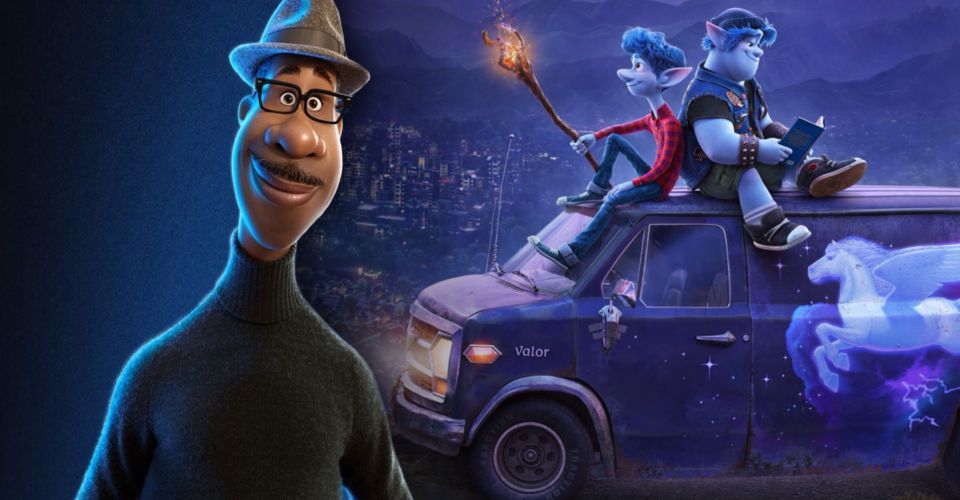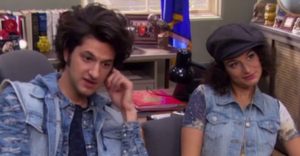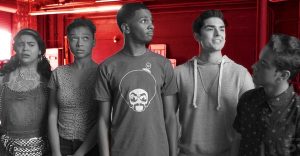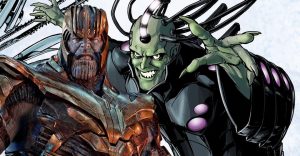Why Soul Feels More Like A Pixar Movie Than Onward

Pixar’s newest feature film, Soul, feels more like a Pixar movie than Onward for a number of reasons. Pixar consistently excels in nearly every aspect of filmmaking and storytelling, bringing dozens of imaginative worlds, lovable characters, and heartwarming stories to life, and Onward was reasonably expected to match the caliber of previous Pixar films. Yet, while audiences and critics both seemed to like Onward, most of them also agreed that it fell short of Pixar’s incredibly high standards. Soul, on the other hand, has the Pixar style clearly reflected in its characters, storytelling, and pace.
Pixar’s style shines through many of its feature films. In Coco, Finding Nemo, Brave, Cars, and Inside Out, the characters remain in focus, but the settings are given life of their own. In Toy Story, A Bug’s Life, or The Incredibles, the worlds are still carefully and expertly animated, but they don’t distract or detract from the story. And while each Pixar film does have a compelling story and plenty of action, they never forget that the characters and emotions are just as important. Ratatouille, Wall-E, and Up, are unafraid to linger in beautiful, emotional, or thought-provoking moments and give them space to breathe. The steady pace, balanced action, focus on characters, and imaginative style are what make Pixar films unique. For the most part, Soul managed to uphold that high standard where, in many aspects, Onward failed.
Onward and Soul both have their own versions of our world, but Soul‘s realistic version is better than Onward‘s fantasy. Frankly, Onward has one of Pixar’s least imaginative worlds ever – it’s a fantasy overlay of the suburbs. Onward doesn’t fundamentally change anything about our world in a way that makes Onward more interesting. Instead, it’s just bogged down with fantasy-lite visuals. The world of Onward is too distracting to blend into the background but doesn’t add to the story in meaningful ways, either. On the other hand, Soul manages to utilize both realism and surrealism quite perfectly. Not only does Soul have the imaginative world of the Great Before, but Soul’s animation also highlights the beauty within New York City – even the seemingly plain. That’s kind of the point of the movie, after all, but it’s nonetheless notable that Soul lovingly depicts so many quintessentially New York City things: maple trees, subway cars, bagels, pizza, neon signs, busy sidewalks, and so many different people.

Soul’s pacing is also remarkably different from Onward. Onward was a fast-paced, action-packed fantasy film that barely stopped to take a breath. When it did linger in those in-between moments with Ian and Barley, Onward excelled. In a touching and funny scene, the brothers dance with their father outside of a rest stop, but the movie then rushes back to the story without giving the audience time to process and reflect. Considering that the message of Soul is to live in the moment and find joy simply in living, it’s not surprising that the movie would dwell on so many small moments, drawing them out so that the characters and the audience have time to take it all in.
There are many other elements in Soul that feel incredibly familiar to the Pixar brand. In Soul, people who are in “the zone” become surrounded by soft colors as the world fades away, which is not unlike Remy’s visions of musical notes and bright colors while eating cheese and grapes in Ratatouille, and the souls’ character designs are reminiscent of Riley’s emotions in Inside Out. But more importantly, Soul contained quiet moments, relatable characters, and an imaginative story that feels like a true return to Pixar’s trademark style. To be fair, Onward was not a bad movie, but in their attempt to make something unlike their previous films, Pixar made Onward feel like it was done by someone else. Soul, on the other hand, is decidedly and uniquely Pixar.
About The Author

















